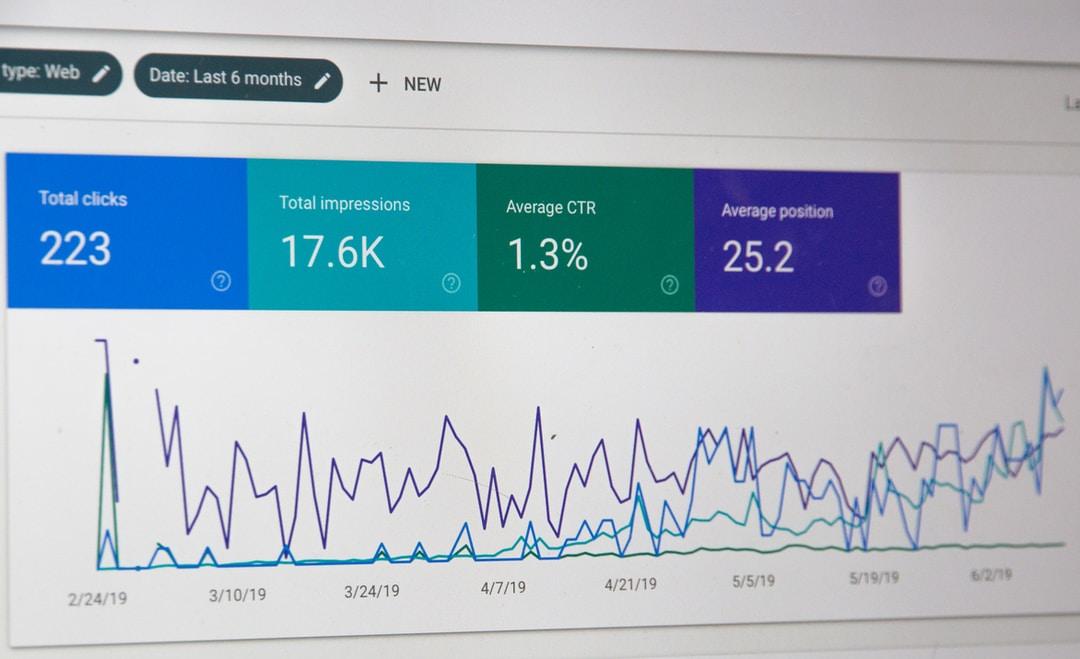27 Nov

|
Getting your Trinity Audio player ready...
|
Emerging businesses right now are realizing the importance of taking data sources and turning them into real-time analytics. This, in turn, leads to business-related decisions that are supported by previously unseen evidence. One of the ways to achieve this is through machine learning (ML), a means of taking data sets and creating automated processes that better streamline certain practices within an organization.
Table of Contents
Stages of Machine Learning
Let’s take a closer look at the stages of machine learning.
1. Data collection and preparation

Businesses of any size can have rapidly diverse databases depending on the industry in which they operate. Machine learning is an artificial intelligence application in which computer programs use algorithms to find patterns and trends within new data and historical data. The first and easiest step in creating a machine learning model is to organize existing business data while creating a format for future data sets.
Cloud storage facilitates data science, collecting all available information and its variables. To be effective in ML applications, the data must be time-stamped and labeled with the results when known. Data sources can come from anything to be part of an ML framework. It could be a loan approval through a lender, or an online restaurant review. Everything can be fragmented in a natural language to understand the basis of this data collection.
Must Check: Data Science Course
2. Make sense of the data

With so many different statistical models and rapidly changing data sources, it is important to be able to take all the data in a suitable format. In this way, inference problems that can derive from the repetition or redundancy of information are avoided. Preparing for big data can take a long time at first, but it can pay off in the long run in a number of disciplines.
Once the data has been collected and prepared, companies can distill ideas from the use of machine learning applications. These applications can also enable business users to make operational reports, continuously observing data in real-time. Businesses can use adaptive web applications to learn from user behavior and automatically optimize content for engagement.
3. Data analysis

It is important that human actors dealing with databases and computer systems in the workplace have an understanding of the procedures. The data can be used to answer business questions to train machine learning models that can then be used in an organization’s applications. This can be as simple as finding where a business is not getting the desired results, investigating why customers abandon a shopping cart on a retail website, or why a product is outselling a similar option.
Machine learning can identify data patterns to uncover the “why” beyond the “what.” The new unsupervised ML models can self-learn patterns to provide answers when input data is unlabeled and has unknown results. This will allow you to trace regularities and master pattern recognition to detect weak points within an agency, which will allow you to obtain strengths within the field of machine learning.
4. Make predictions

A well-structured machine learning model enables organizations to build predictive applications in real-time. This enables companies of all sizes to accelerate cost savings while identifying revenue opportunities. Machine learning can detect products and solutions that provide a better customer experience or business value. This can be done through personalized suggestion and recommendation systems, as commonly seen on retail websites and social media apps.
Over time, machine learning becomes more and more accurate, as new information, with every click, is fed back into an ML model. With this deep understanding of deep learning, systems can make more accurate predictions about your customer base or your supply chain. Overall, this can lift business with ease.
Image Source – freepik.com


1 Comment